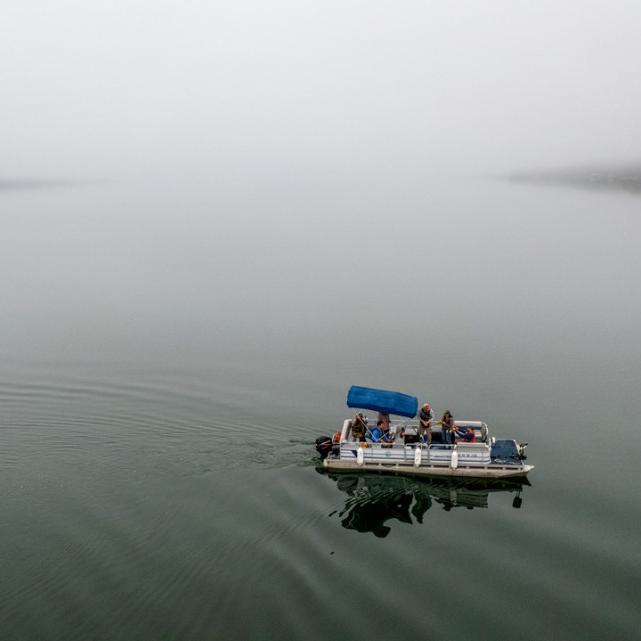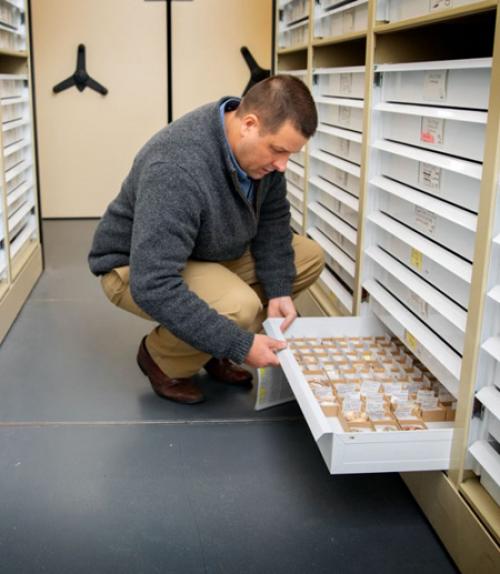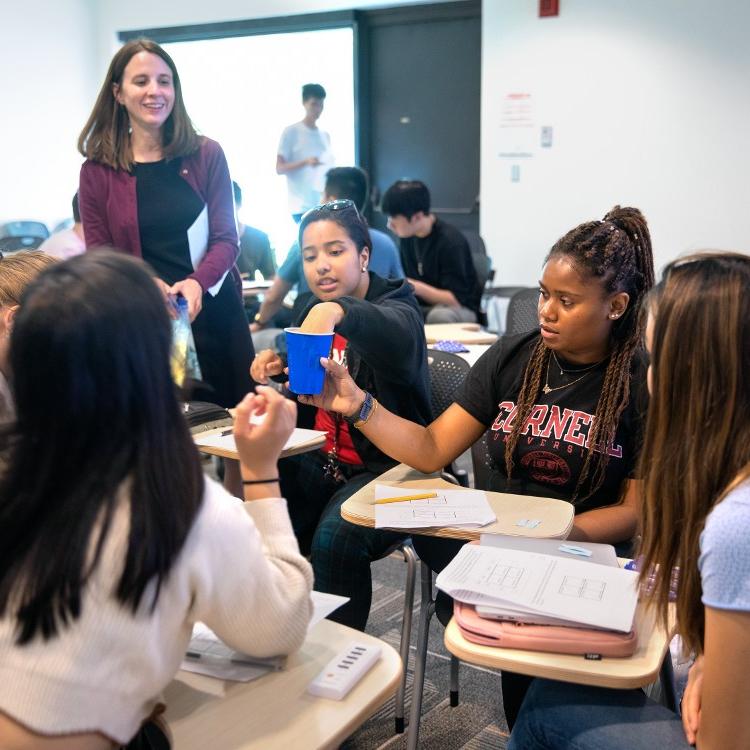
 Department Homepage
Department Homepage
Mollusk collection moves to PRI, internet
Renowned naturalist Wesley Newcomb scoured the Hawaiian Islands in the 1850s in search of living treasure: land snails and their intricate, domed shells. The specimens he assembled in Hawaii and around the world would form a vast collection of mollusks, with numerous species that would become critically threatened and, in some cases, extinct.




